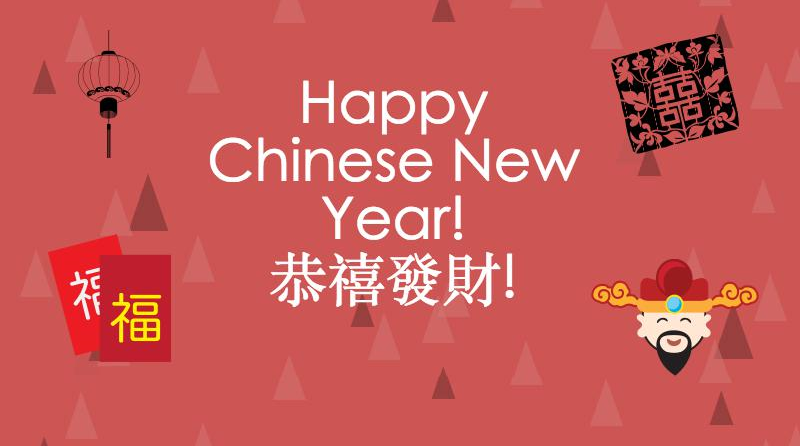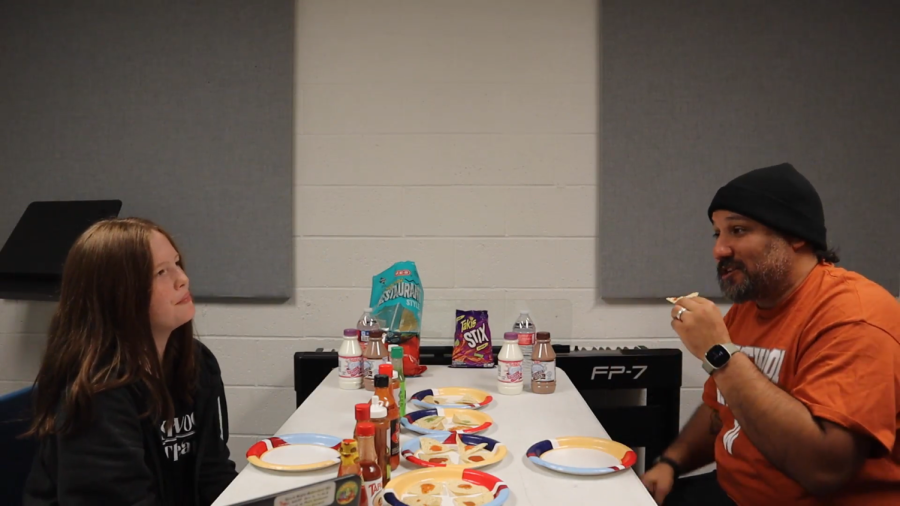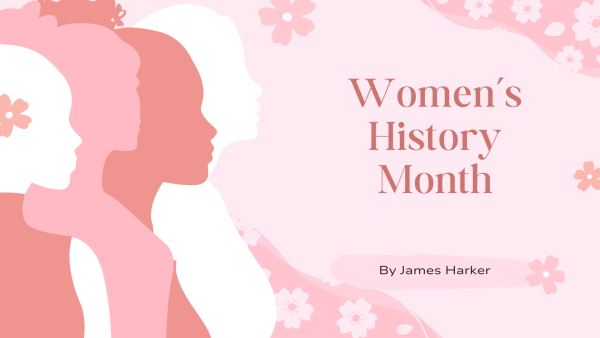Chinese New Year

Once a year, Chinese New Year, also known as the Lunar New Year or the Spring Festival, is celebrated by thousands of people around the world for a period of 15 days, starting from the second new moon after the Winter Solstice. For 2016, Chinese New Year starts today, February 8th. This day welcomes in the Year of the Monkey, replacing the Year of the Goat.
The Chinese New Year tradition started with an old legend including a mythical, lion-like monster who would terrorize villagers. The monster’s name was Nian (年), which was also the Chinese word for “Year”. The stories vary from person to person, but everyone agrees that an old man helped the villagers by telling them that the monster feared the color red, as well as loud noises. As a result, the villagers scared off the monster by using firecrackers and drums to make lots of sounds, and putting red paper cutouts and scrolls on their doors. Thanks to the man’s advice, the monster Nian was scared away. “I love how rich the history is and how there are different interpretations of certain stories for each specific culture,” said Ms. Liao, the Chinese teacher at Canyon Vista. “It always felt really surreal when we were around the older generation, but it gave me a glimpse of how things were back in the day.”
Nowadays, people still make red scrolls and cutouts and set off firecrackers for Chinese New Year, as a tradition that has been passed down from generation to generation. The celebrations during Chinese New Year stop on February 15th, when the Lantern Festival is held. In this festival, people make colorful lanterns with flames in them that bob up into the sky. On the eve of Chinese New Year, lots of families make dumplings together, because they are said to bring good fortune to the household.
According to History.com, two of the most important zodiacs to Chinese New Year are the rabbit and the dragon. During Chinese New Year, there are several dragons displayed, because the Chinese people are said to have been descended from them. At the Lantern Festival, lots of people make their lanterns to represent rabbits to honor one of their legends called Chang’e.
During Chinese New Year, children are often given red envelopes that have money inside, and there are several parades held, most of them with dragon and lion dances. There are also lots of traditional snacks and foods that are eaten during the 15 day period, including dumplings and rice cakes. Over the years, generations have changed the customs of Chinese New Year and how it is celebrated, but several of the old Chinese traditions still remain. “Obviously things are different now, but I appreciate the little traditions here and there,” said Ms. Liao.



















